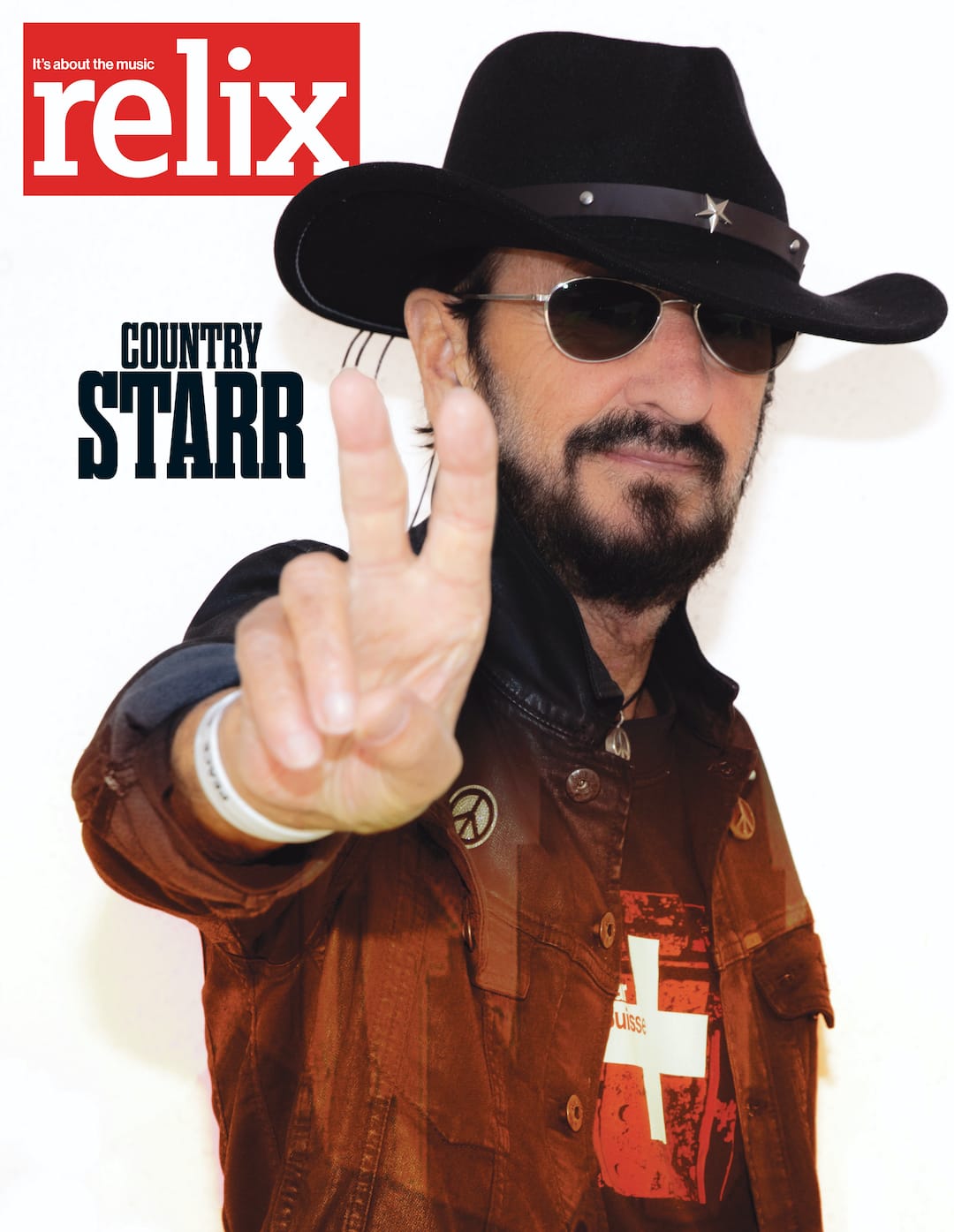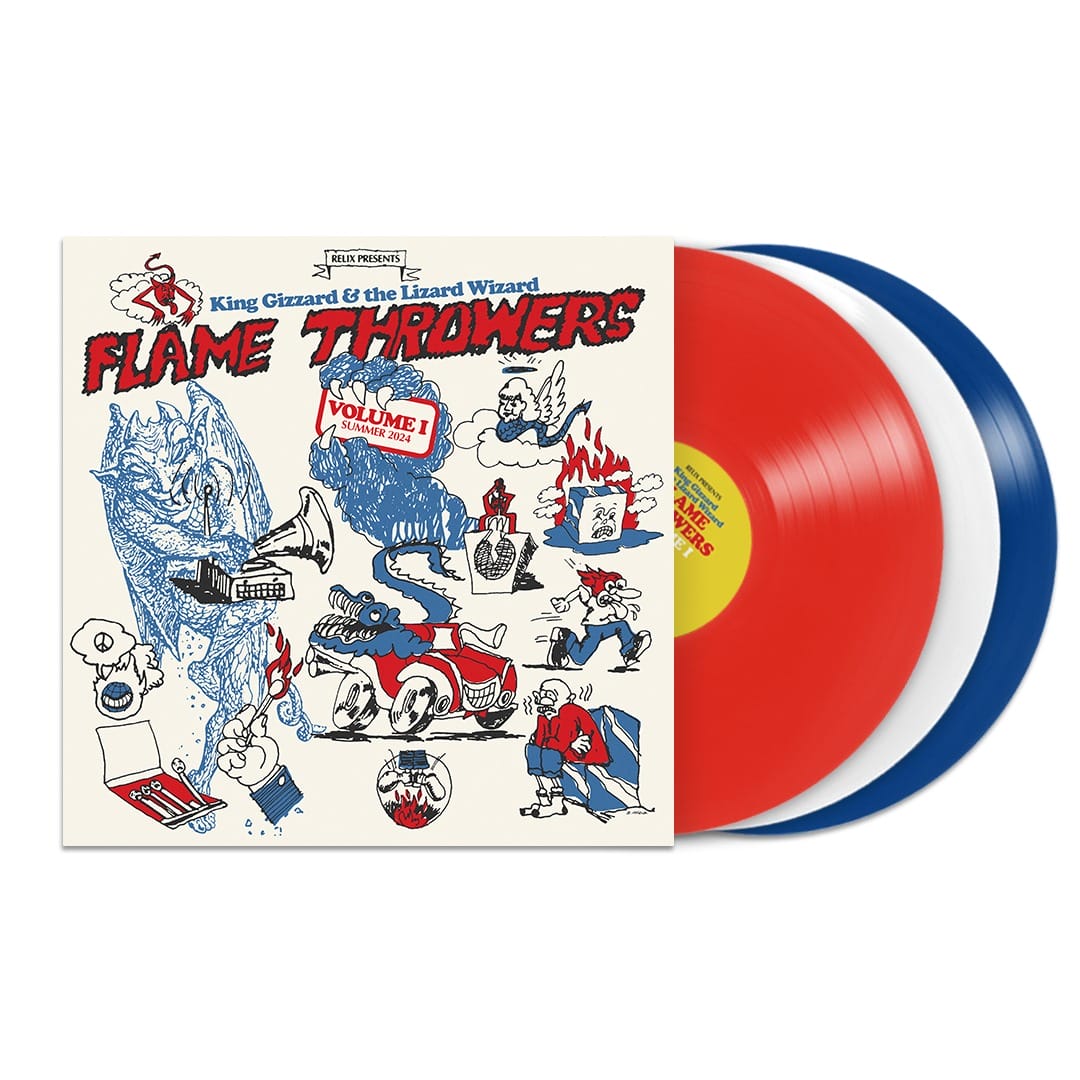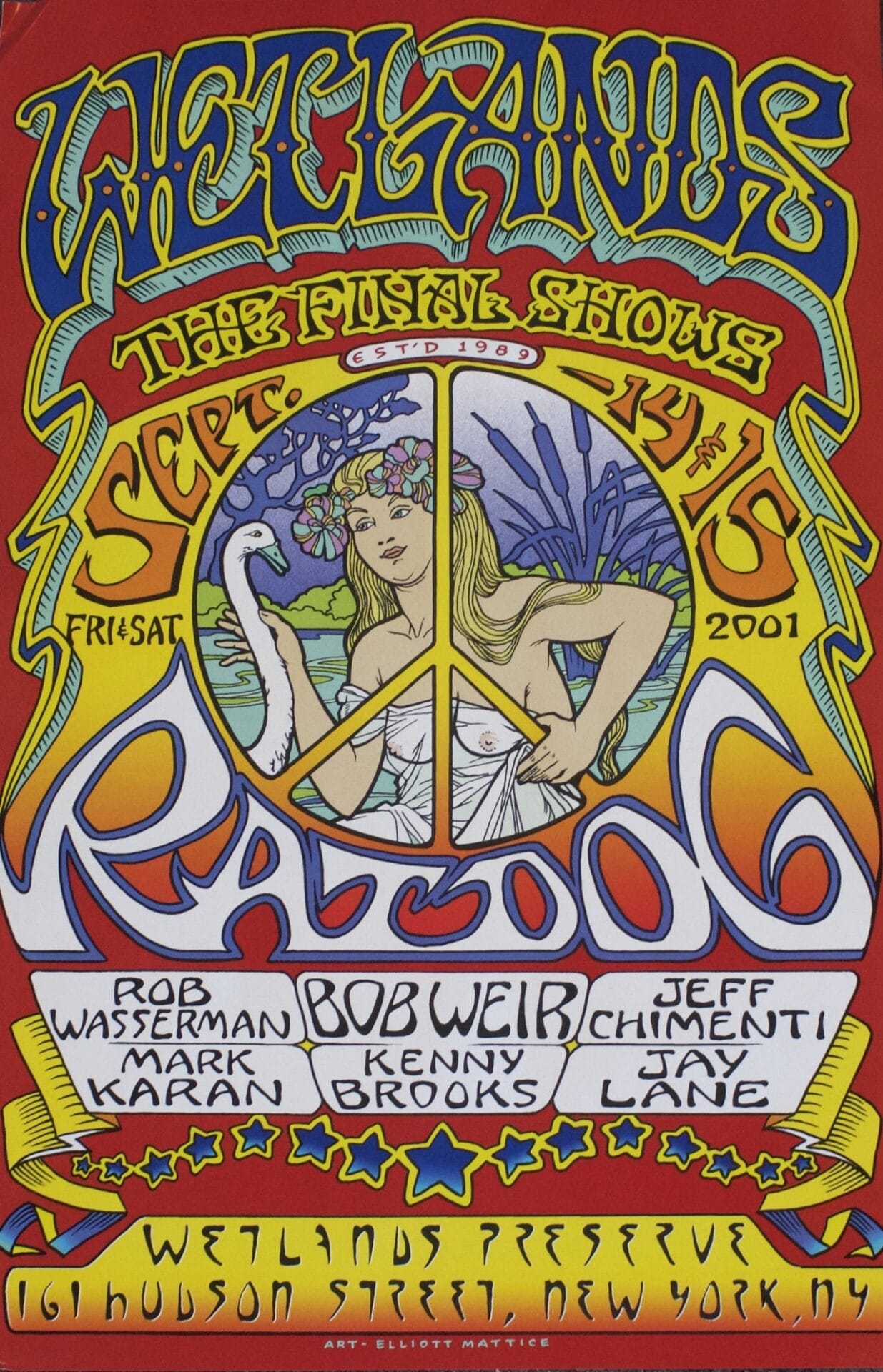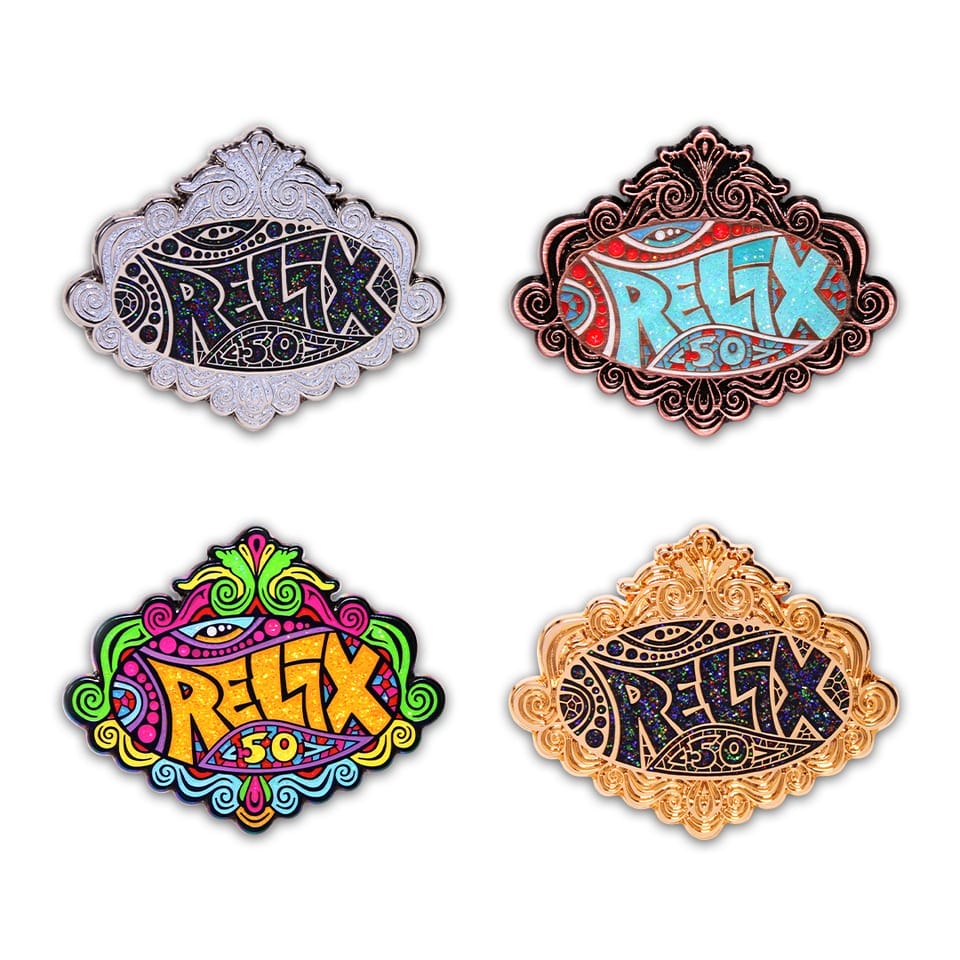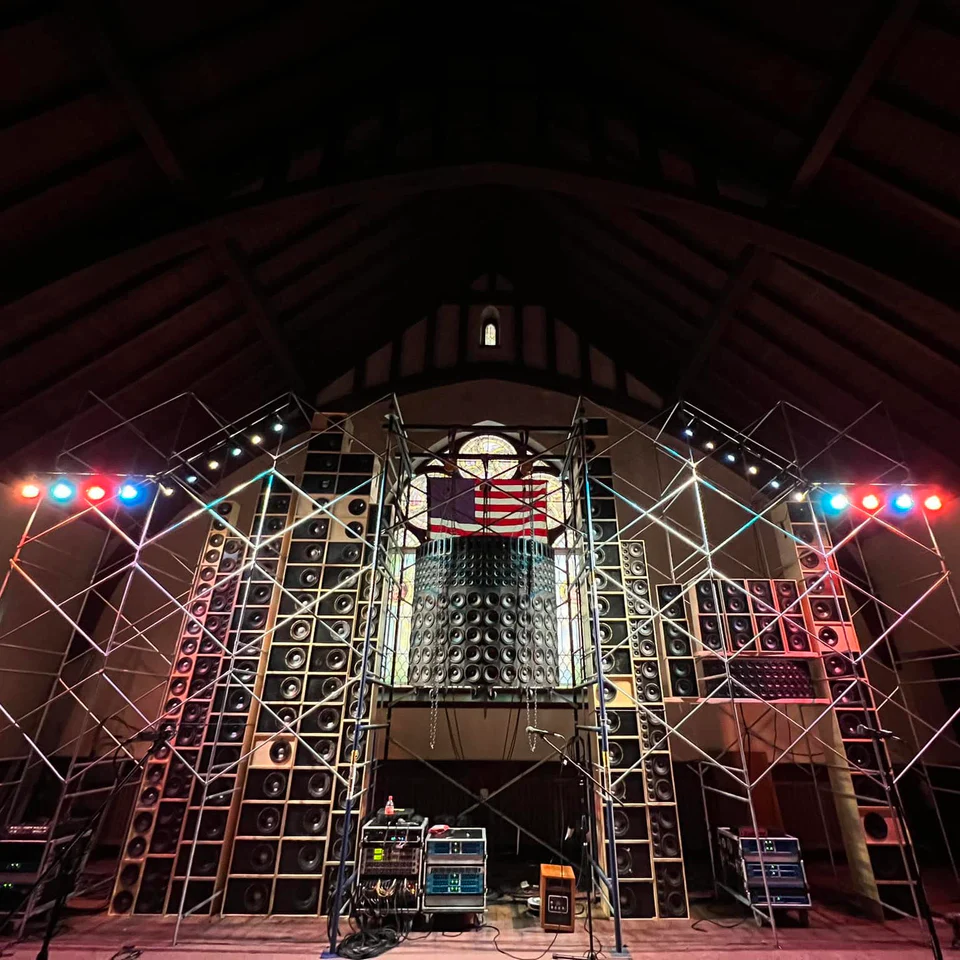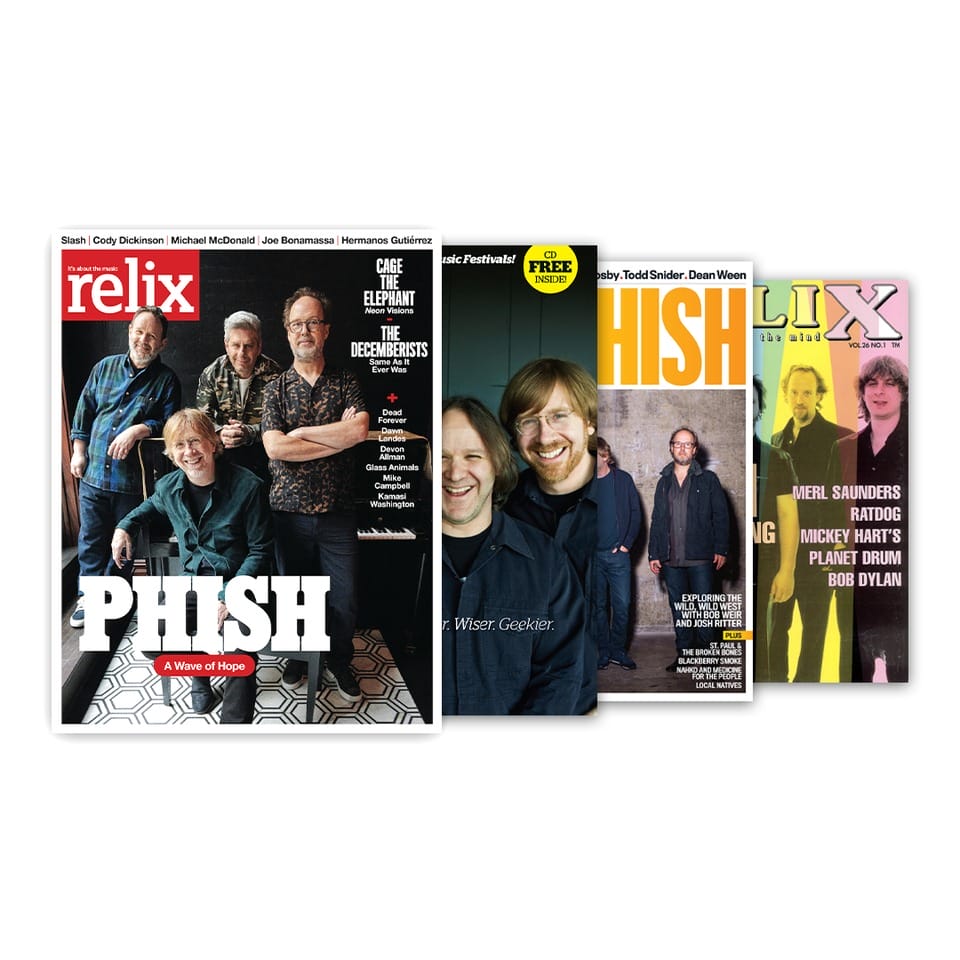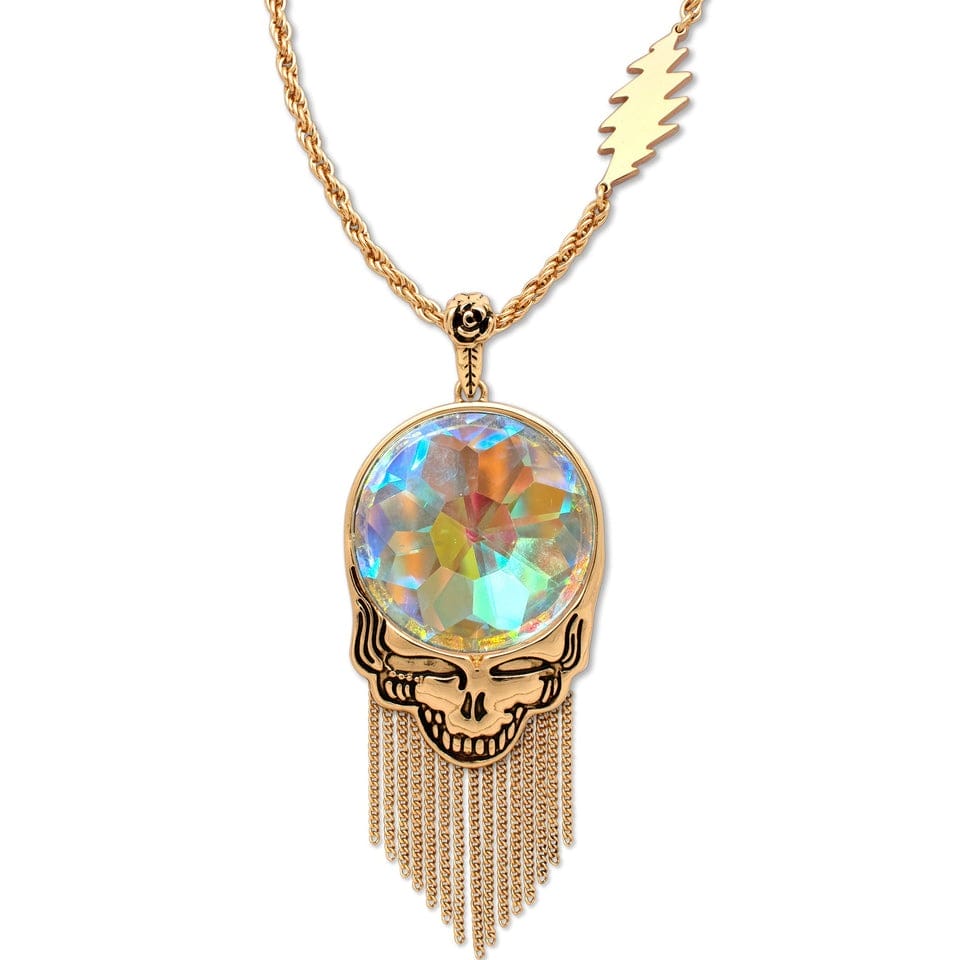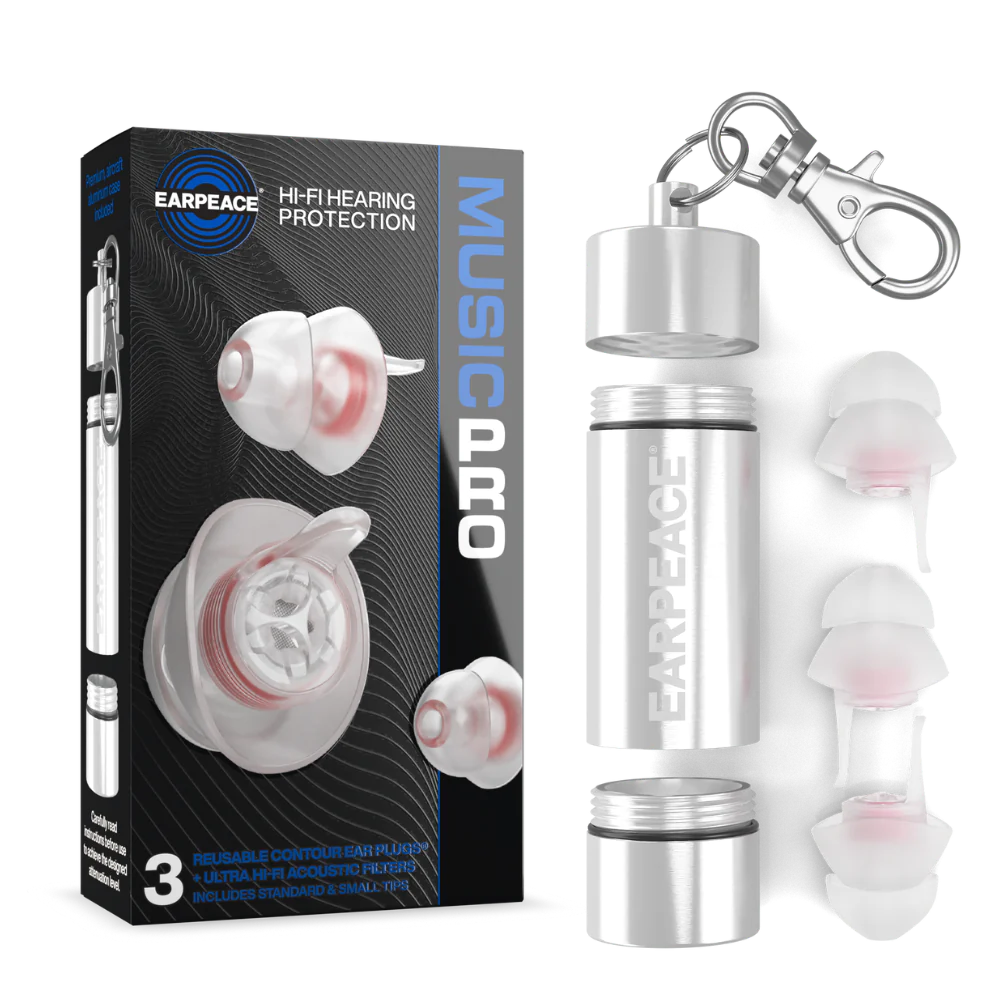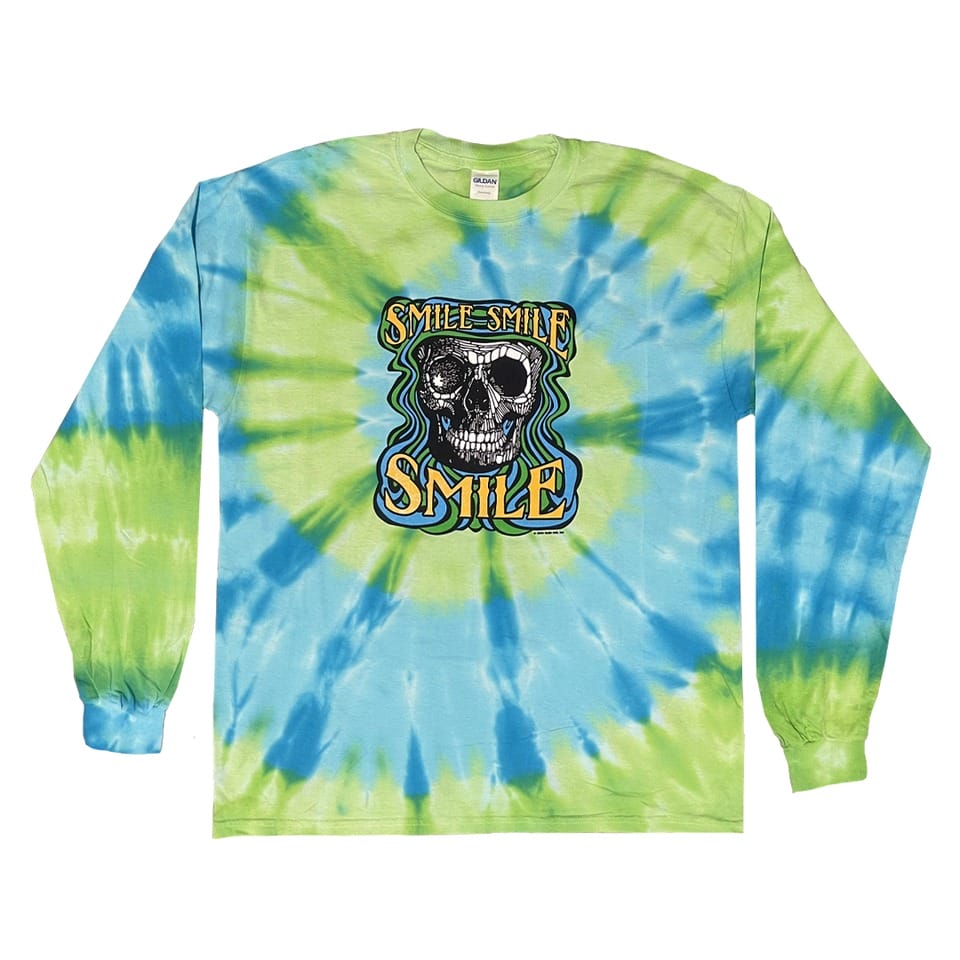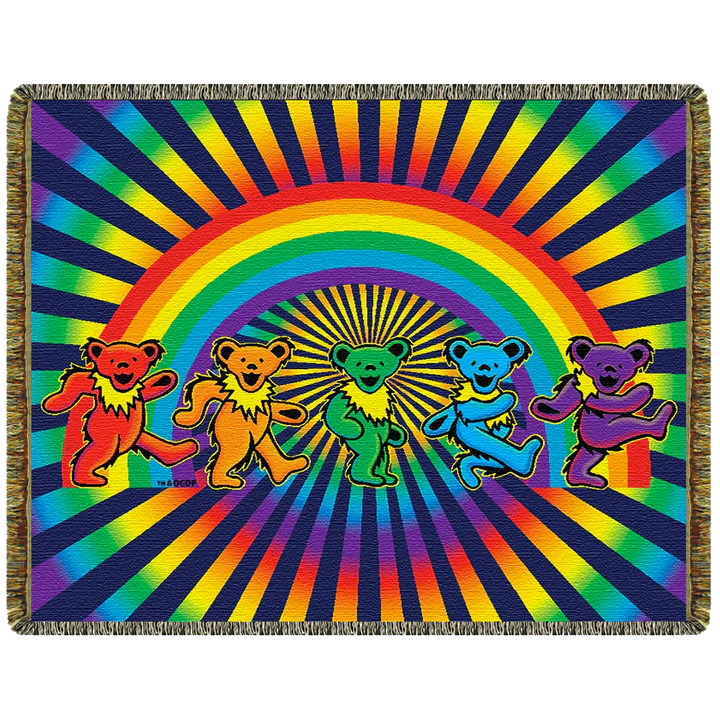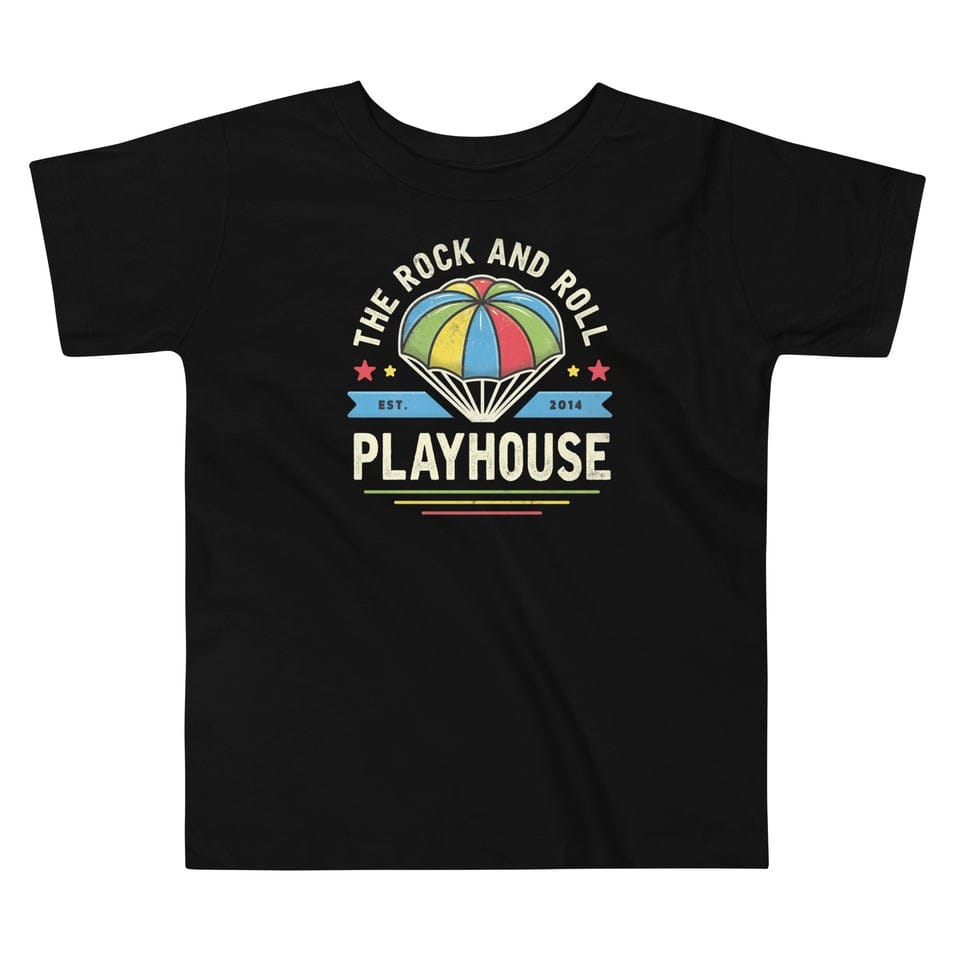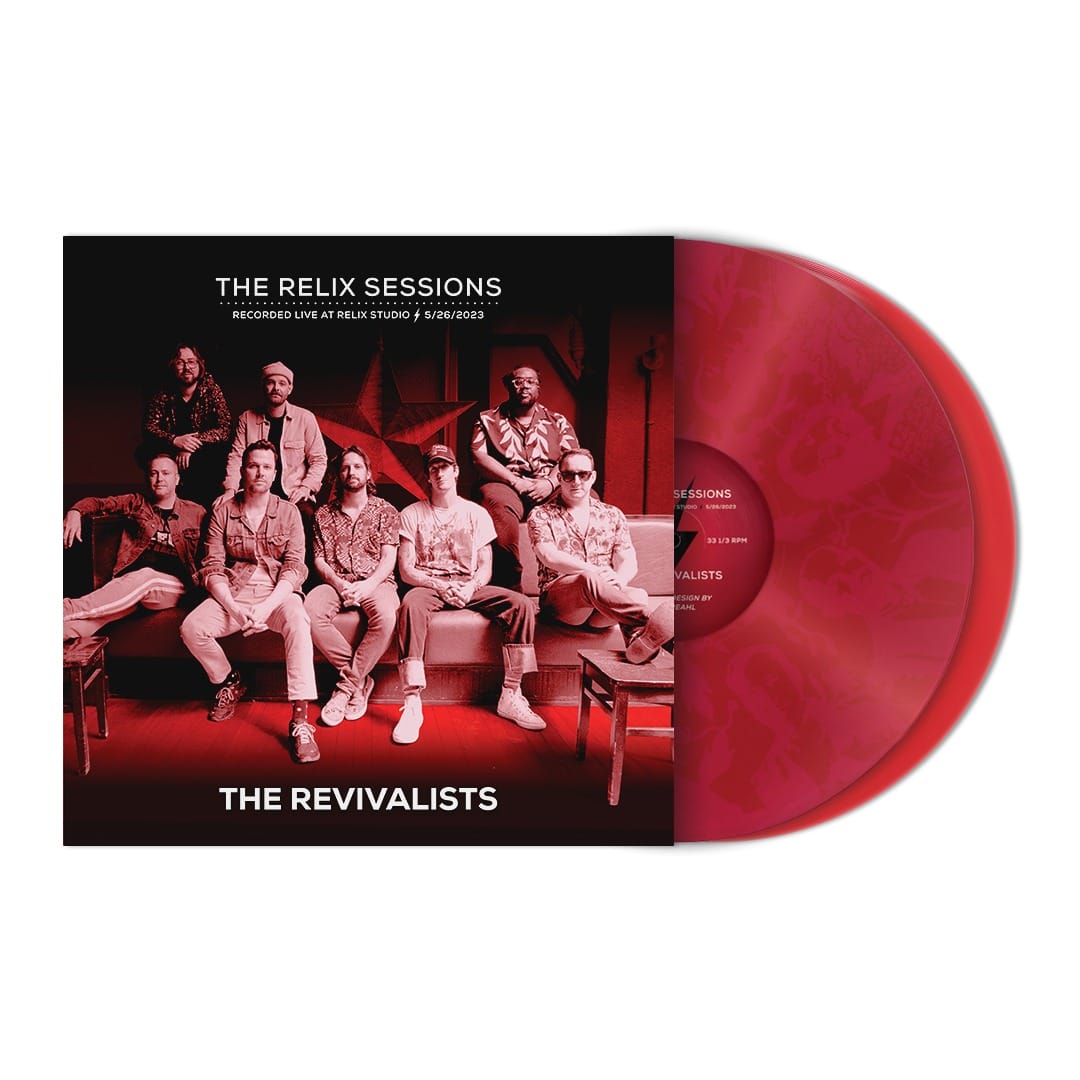The Rolling Stones: Still Outlaws (1978)
With the Rolling Stones making the rounds this week (and a possible Coachella appearance looming in April), we revisit this piece from the August 1978 issue of Relix.

The Rolling Stones are called the greatest rock and roll band in the world. That’s a simple description rather than hype. The Stones are in no need of promotion; their reputation alone is heavy enough to grab the world by the balls. Music critics and headwaiters fawn on the Stones from a discreet distance. Politicians’ wives, though, come to touching range before falling, legs agape, at their feet. Most governments avoid tangling with them, since the Stones can afford better lawyers. Even so, police departments world wide keep watch in faint hopes of spotting some truly gross illegality. And sometimes they luck out. The Stones’ lead guitarist was busted in Canada in possession of a personal smack stash weighty enough to keep Harlem on the nod for a week. Their lead singer drifts across the society pages, staying cool enough to rate a diamond crusted welcome at Studio 54. The other three band members aren’t notorious, or even particularly famous. Just rich. Collectively these five men trail more mystique than many religions.
They’ve earned their honors by surviving a sixteen year long round of eliminations. The current Rolling Stones tour began in June 1978; it was in June 1962 that Mick Jagger, Keith Richards, Brian Jones and a couple of others long forgotten first played at London’s Marquee Club as the Rolling Stones. In lifting that name from a low down Muddy Waters blues, they defined their image perfectly. When Charlie Watts and Bill Wyman came along early in 1963, the Rolling Stones were a real band. These white boys from England played the blues like a bunch of old black men from the south side of Chicago, as well as the nasty variation known as rhythm and blues (a.k.a. rock and roll). They ground that musical mixture out blacker than coal, all dirty, gritty and rough edged as sandpaper, and sexy. They didn’t play smooth pop pap.
The English press loves nothing so much as a good scare story. The Stones were pretty damned frightening in their earlier years, and so the papers took them to task immediately, in a campaign to save clean living British youth from devil rock and roll. Years later, in one of his lighter moments, Kris Kristofferson wrote a song called “Blame It On The Stones.” In 1962 society saw the Rolling Stones as no joke. Fortunate attitude, that. Without the sex, drugs, and rock and roll backlash, this band could never have obtained their present status.
There were two possible paths from the Marquee Club; one being the straight and narrow; and the other the darker trail the Stones took. Branded as outlaws, they lived their part. Brian Jones even died in character, drowned downed out in a swimming pool. And the Stones got busted regularly in the sixties. From all this they distilled great, gut grabbing music. Most of their original material draws some inspiration from their ongoing battle against respectability, but I think “Connection” captures the feeling best. In part that song goes like this:
My bags they get a very close inspection
I wonder why it is that they suspect them
Could it be they’re trying to add me to their collection
Well I don’t know if they’ll let me go
And all I want to do is get back to you
Connection, no I just can’t find my connection. . .
Keith Richards goes to trial in Canada this October, on his heroin bust. He might get tossed into jail for a long, long times; and his band may find themselves without a lead guitarist. Sixteen years down the road from the Marquee, the Rolling Stones are still outlaws.
In past years, the Stones have produced their finest work when goaded by the spurs of possible disaster. If ever they released an absolutely classic record, one no breathing human should be without, it was Beggar’s Banquet. Following that peak they lost Brian Jones, first through his dropping out of the band, then through his death.
Once more the Stones stand in danger, this time of losing Keith, and again they’ve rallied to record a classic album. Some Girls may be the best Rolling Stones record since Beggar’s Banquet. To my taste, it’s certainly their best since Let It Bleed (an LP which Some Girls very strongly reminds me of). “Faraway Eyes” excepted, all ten tracks are overwhelming rock and roll. That song is a brilliant piece of tongue in cheek country and western monologue. Gram Parsons, could his ashes be woken, would love it. “Faraway Eyes,” “Miss You” and “When The Whip Comes Down” all bear the stamp of instant familiarity. I was fortunate enough to hear an advance tape of this new album a month or so before its release, and at that first listening I felt I’d heard it all before. I hadn’t. All the tracks simply seemed so right at the time that listening to the album was like greeting an old friend.
Some Girls is almost a concept album. It’s New York City all the way. Manhattan’s streets, people, and scenes are woven so deftly into its fabric that the disc might as aptly have been called “Some City.” Time will prove this one significant. I, at least, love it. Were I appointed to select the album of the year for 1978, nominations would be closed right now.
The Stones have taken another positive step in defiance of their crisis. For the first time in three years they’re doing an American tour, quartering these states in the oddest assortment of rock and roll bookings ever put together, The tour opened at a 10,000 seat venue in Lakeland, Florida; but the next two dates were at the Fox Theater in Atlanta, and the Capital Theater in Passaic. Twelve hours from the time I’m writing this the Stones will take their show to RFK Stadium in Philadelphia; capacity almost infinite.

The Rolling Stones tour of the United States was originally due to consist of a long string of stadium and large arena gigs. All these dates were announced and everything seemed to be going according to plan. That tour would have been a typical enough rock superstar tour, rolling these gate receipts right in. Then came the monkey wrench. Stones sources began making veiled allusions and hopeful noises about a possible club date or two, to break up the megagig monotony. Not long after, most of the stadium and arena dates were cancelled out of hand. Suddenly it was to be a six date mini-tour. No explanation was proffered. A week or so before the first of the six scheduled shows, a new message came down. Now the Stones were to structure a tour around those six showspadring their schedule with a bunch of theater bookings (and the hint of club shows still in the air).
So it stands today. The Stones have already played two theaters and one arena, and will do a stadium tonight. They were to play Boston’s Orpheum Theater this coming Monday, but the city fathers denied a permit of fear of a riot. One show already has gone down the tubes. There was to be a show here at the Palladium this Sunday (tomorrow), but the promoter now fervently denies the booking. Word is still out that New York will host the Rolling Stones tomorrow, but if anyone knows anything about the location or ticket availability, he’s keeping it really quiet. A shroud of secrecy is fast descending on this whole weird trip. [The concert finally did materialize the following Tuesday at the Palladium]
Three nights ago I saw the Rolling Stones play at the Capitol (the first time I’ve seen them since their last night at Madison Square Garden in 1972). My ticket stub is rainbow colored, and variously marked “specimen,” “not for sale,” “void” and “test ticket.” All this camouflage was I presume, meant to discourage anybody who saw the ticket from believing the show might actually happen; it was one slight measure to help keep the thousands who had no hope of getting into the show away from the streets of Passaic.
The Capitol Theater holds about 2,000 people. The highest the show could have grossed at $10.50 per ticket (assuming everybody paid) was $30,000 or so. Hardly much of a moneymaker for the Stones or John Scher. When last they played New York, the Stones did five nights at Madison Square garden. with total ticket sales in the range of 100,000. Gross potential on that was about a million bucks.
So why did the Rolling Stones cancel a slew of huge shows for a bunch of surprise attacks on theaters? Surely not for the money.
Something Mick Jagger said onstage at the Capitol holds the key. Commenting on returning to the east coast to perform after a protracted absence, he said: “It’s nice to be here instead of the usual barns. I guess we’ll have to play a few barns, though.”
I remember one of those barns quite well: Madison Square Garden. In 1972, though I had an excellent orchestra seat, I never got to sit. I had to stand on the damn chair for two solid hours. Nobody in the place would sit down for as much as ten seconds, even during as quite a number as “Sweet Virginia.” My memory of the evening is one of sweaty flashes of the stage through waving arms and bobbing heads.
At the Capitol, by contrast, while everyone was up for all the familiar material, they were up on the floor rather than up on the chairs, and they all sat down for the eight new songs. Much better. From the viewpoint of one lucky enough to have been inside rather than outside, small halls are much nicer.Comfort aside, the view and sound is much superior.
The Stones were also able to dispense with the multitude of props and gimmicks they had to use on their last tour to reach the most distant spectators. No star shaped stages; no ten foot rubber pricks; no distractions. Just basic rock and roll; and the show was that much better for it.
To close this line of speculation, I must point out that the Stones regularly sell two million copies of each new album, and a hell of a lot of singles. They hardly need stadium receipts. And concert halls are much, much classier: if the chance exists that your band may go out of action for the duration of a long jail sentence, why shouldn’t it go out in style?
I got to see the show, of course. I know I’d feel rather differently about the matter had I been among those shut out. With confusion increasing over upcoming shows, I’m assuming I’ve seen my last Rolling Stones concert. To possibly prove myself wrong, I stopped by the main post office in Manhattan last night with a handful of postcards for two radio stations which are running a ticket lottery for some nebulously promised future gig.
Back to the show itself: the Rolling Stones at the Capitol Theater, June 14, 1978. This was not your typical rock and roll crowd: three thousand people were there, largely running to friends and employees of John Scher, friends of employees, and an undetermined number of those like myself, thanking our lucky stars to be inside, rather than with the 1,500 forsaken souls out walking the streets. Outside, I understand, things were mellow. No riots. The only hitch was in a late start caused by delays in getting the largely upper crust audience through the doors.
Etta James, a well respected old blues shouter, opened the show. The woman sure can wail, but her band left much to be desired, matching “WB” jackets and all. The lady’s also a writer of some note: her set’s highlight was her own rendition of her well covered composition, “I’d Rather Go Blind.” Though she was quite well and warmly received, she seemed a bit ill at ease. She interrupted herself often to remark that the Rolling Stones would indeed be out soon.

Intermission. Half an hour of serious party, capped by a gushing speech by Mister Scher, the proud parent of this event, on how this was the culmination of six years of work. The man can be excused for bubbling over, for to him this very obviously meant something. I doubt that this tour will start a trend of superstars giving up megagigs for the Capitol or for theaters in general, but this was a beautiful gesture by the Stones. As John Scher wrapped up that short talk by introducing “the greatest rock and roll band in the world, The Rolling Stones,” his voice cracked with the purest joy.
What can I possibly say about the Rolling Stones live onstage that others haven’t said better before me? John called it right introducing them: they’re the greatest. There they were, trotting out as the lights dropped, led by a dapper Jagger done up all in white jacket, pants and hat. It could have been a movie if it hadn’t been so incredibly real. In a timeless instant five Stones were in place, augmented by an old Marquee Club crony, Ian Stewart, on grand piano, and another chap (whose name escapes me) on electric piano. Silence for just a second, and then this mind shatter rock and roll band thundered into “Let It Rock,” in a solid Chuck Berry groove. The territory was established; the pace set. Whatever gut level the Stones had for this song in 1962 they still retain. Only thirty seconds into their set, the Rolling Stones had already passed the first test of great rock and roll: the music had gone straight for my lower gut. My mind wouldn’t grasp it for a minute or two more, and would never quite catch up to my pelvis. The song over, Mick made a little speech about how everybody was gonna have a good time. He wouldn’t have time to draw breath between songs for ten minutes more. Then it was "All down the line, a blast of energy from Exile on Main Street, that sleazed right into “Honky Tonk Women.” The ammunition was coming out early in the set; the Stones puling no punches. Still without a break, they were blasting out “Star Star” (more properly known as “Starfucker”). Somewhere in that tune the energy level plateaued out, but not before the Stones managed to draw the last of three thousand temporarily lobotomized lumps to his feet to chug along with the music.
After four old favorites, the Stones really had the electricity crackling. Their first real peak was where they chose to break out seven new songs in a row. Though all but “Faraway Eyes” were uptempo, they were still quite new. For a wonder, that three thousand head monster sank back in its chairs to listen. Great stuff. While Ronnie Wood was replacing his rhythm guitar with a pedal steel for “Faraway Eyes,” Jagger actually had the gall to call New Jersey the country. For that tune, the tempo slowed to less than breakneck rocking. That was followed by a slower one still, a heart rending delivery of “Love In Vain.” This was the blues as it should always be played, torn between craftsmanship and passion, Keith Richards wringing the highest notes imaginable from his guitar.
No more mournful blues or weepy country after that; the rest of the set was steadily escalating rock and roll. “Shattered,” the funniest song on Some Girls, started the energy cycling, only to take the set back once again to Chuck Berry. Mick talked a bit more: “I guess we haven’t got too many girls here who are sixteen, but I’d like to do one for them anyway. This one I learned back in kindergarden. I might’ve forgotten the words but Keith’ll help me.” And the song was “Sweet Little Sixteen.” The Stones never stray too far from their roots, and so can play a twenty year old tune with more enthusiasm than anyone else on the planet. Though the energy couldn’t have gone up from there, somehow it did, as the Rolling Stones crashed home into “Tumbling Dice.” The briefest of pauses followed, and then Keith got to sing “Happy,” swaying in rhythm into Mick’s microphone. Jagger had taken off his cap a tune or two before; as Keith started to sing he went into a whirl, arms extended, and was soon without his jacket as well, showing off his t-shirt.
Keith’s tune over, there was a pause just long enough for Jagger and Ron Wood to blow some smoke in each other’s faces, and then like a dervish Jagger was leaping back to the mic. It was time for the final assault. All the hall lights flashed on at once, washing the theater in sheets of light; the decibel count rose to inconceivable heights; the song was “Brown Sugar.” Again, then, the merest of pauses, long enough for Jagger to skin off his shirt and wrap it round his neck. All lights still on and coming down to the wire, “Jumping Jack Flash” was a gas.
A parting shot from the singer: “New York! See you next year,” and the band was gone. Next year, I thought, but what about next Sunday?
The hall and stage lights glared down on an empty stage. Every man and woman of the audience was on their feet (in truth, most of them had been there since “Love In Vain”). Some were by now close to levitation. Pandemonium.
Suddenly, from nowhere the opening riffs of “Street Fighting Man.” The stage still empty. Then the Stones again, trotting from behind the amps to position, the guitarists already playing. And Jagger, throwing away the shirt he’s wrapped around his neck; throwing a bucket of water over the front few rows as if to cool them down; howling and growling about the time being right for a disturbance; mouth gaping open; leaping around the stage; his 34 years showing only in the lines on his face, the dancer’s body bare from the waist up and lean as ever. Another 15 minutes of showtime and he might have been naked. And Keith Richards, his grimly perfect counterpart; the very picture of an outlaw as he attached his guitar a few feet to the rear; vest, long hair, glazed gleam in his eye, and incredible lead lines; ducking forward to deliver the occasional vocal. And Charlie Watts; old skinhead; pounding away on his drums for all he was worth. And Bill Wyman; off to the side; as always the quietest Stone; still enough to be forgotten if not for his bass licks. Two vital parts of this thing there. And last, Ron Wood; the newest Stone; a hard working rhythm guitarist, but one with an unkillable streak of slapstick in his soul; a bit of a clown.
Fifteen minutes short of midnight, “Street Fighting Man” reached its final crescendo; with one last surge of power the Stones ended it, and split. By my watch the set had been a hair over ninety minutes. Nobody believed me. It seemed it had been going on for hours. For an hour and a half we had been lost in never-never land, our bodies seized by an irresistible rock and roll experience.
The above does but poor justice to my powers of description, and less justice still to the Stones, but I can find no better words. Whatever the trip was, it was the ultimate.
Whatever it was, I hope it comes my way again soon.
The greatest rock and roll band in the world is also a pallid description. In sixteen years the Rolling Stones have gathered no moss; instead they’ve learned the art of totally commanding a crowd. Any band that plays shows like that as regularly as they do deserves any praised heaped upon them.
My body didn’t pass totally back into my control till hours after the show was over. Forty five minutes after the show, as we came to the Lincoln tunnel, my ass was still trying to dance in the car seat.


